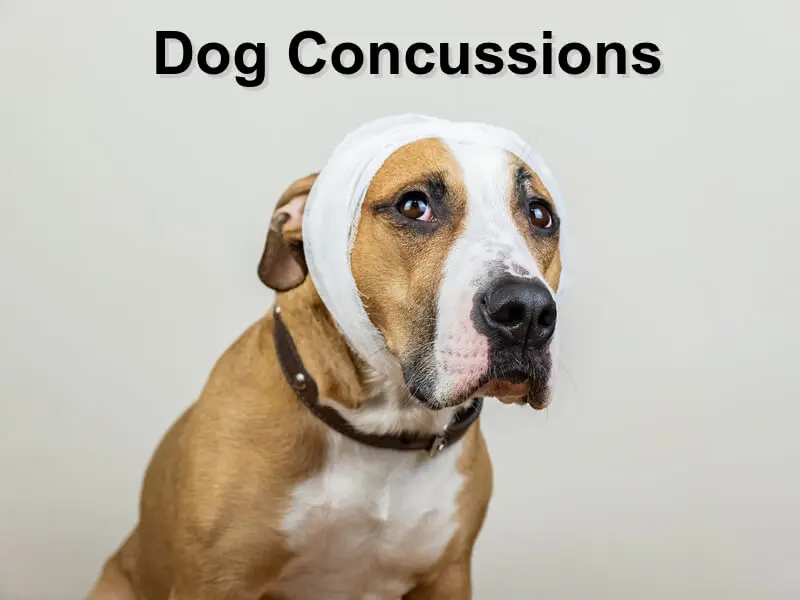Dog Concussions
What comes to mind when you hear the phrase ‘’concussion’’? Well, most people automatically connect it to a sports-related injury. For example, football players are often prone to suffer severe brain damage. Just as any of us can get a concussion, dogs are vulnerable too.
Signs of a Concussion
As compared to humans, concussion in dogs is not easy to detect for the apparent reason that dogs don’t talk. So how do you tell when a dog has head trauma? What triggers it? What can you do when it occurs?
What Causes Canine Concussions?
In an urban setting, a canine concussion is often a result of vehicle accidents. That is why people keep their dogs confined on a leash and not unsupervised roaming around. Other causes include but not limited to, a dog accidentally getting hit by falling debris, colliding with bigger animals or falling from a slightly elevated porch.
Are Small Dogs Vulnerable To Concussions?
While bigger dogs generally spend most of their time around parks, small dogs can also get concussions. Since most people often carry small dogs around, sometimes they fall, and that can cause head trauma. A dog breed is also another factor as far as head trauma is concerned. For instance, dome-headed Chihuahuas are more vulnerable to suffering from head trauma.
Symptoms of a Canine Concussion
If you think you have a brain concussion, a doctor will ask general questions to monitor your brain’s function. You can’t use the same procedure on an animal. So, you check for physical signs. If your dog’s unconscious, get him urgent medical attention. Subtle signs to look out for can include vomiting, problems walking or balancing, or anisocoria, a condition that causes pupils to vary in size. When one pupil is large while the other is dilated, this is a sign the dog might have a concussion.
When You Suspect Your Dog Has a Concussion
Monitor the dog for any of the signs mentioned above. It’s advisable to visit the veterinarian to be on the safe side. To ensure you avoid further worsening the injury, you need to keep the dog’s head raised at about a 30-degree angle. Remove the neck collar to allow proper blood flow and use a shoulder harness.
Treatment
Diagnostic treatment often varies depending on the severity of the injury. The vet will first access whether the lungs and heart and working optimally and check for signs of dehydration and low blood pressure.
Conclusion
If you think that your dog has a concussion, do not panic. Check for the symptoms mentioned above, and if not sure what to do, consult your vet immediately.
References: Wag Walking, PMC





